Radiology
Abdominal Aortic Aneurysm Screening (AAA)
Abdominal Aortic Aneurysm
An abdominal aortic aneurysm (AAA) is a balloon-like bulge in the aorta, which is the large artery that carries oxygen-rich blood away from the heart. An AAA occurs in the part of the aorta that is in the abdomen. AAA screening is a painless and non-invasive exam that uses ultrasound guidance to measure the abdominal aorta to look for any abnormalities that might require further examination.
Risk Factors for Abdominal Aortic Aneurysms include smoking, family history/genetic factors, emphysema, gender (males at higher risk), high blood pressure, high cholesterol, and obesity.
Treatment for an AAA depends on the size of the aneurysm. If it is small—less than 5.5 centimeters wide (about 2 inches)—the doctor may suggest repeat screenings every so often to monitor for any changes. Surgery is generally recommended only if the AAA is large—5.5 centimeters or more—or is growing very quickly.

Frequently Asked Questions
Your doctor may find you eligible for AAA screening if you are a male between the ages of 65-75 years old and:
- Have ever smoked
- Have a family history of abdominal aortic aneurysm
The United States Preventive Services Task Force (USPSTF) recommends a one-time screening if you are a male ages 65-75 and have ever smoked or have a family history of AAA. A prescription from your doctor is required.
According to the United States Preventive Services Task Force (USPSTF), there is currently not enough evidence to make a recommendation for or against AAA screening in women ages 65 to 75 who smoke or have ever smoked. Women with a family history should consult with their doctor.
Many do not have symptoms and don’t know they have an abdominal aortic aneurysm until it ruptures, which can be fatal.
Some symptoms you may experience can include: pain in the back, abdomen, or groin that may be prolonged and not relieved with position change or pain medication. Pulsating enlargement or tender mass felt by a physician when performing a physical examination.
A hypoallergenic, water-soluble gel will be applied to the area being scanned to prevent air from getting between the transducer and your skin. The transducer will be passed gently over your skin, generating and receiving high-frequency sound waves to be converted into detailed images. The only sensation you will feel is light pressure.
A Doppler Vascular Ultrasound is performed the same way; however, you will hear sounds similar to a heartbeat while we are listening to the flow of your blood.
Please arrive 10 minutes before your exam. Eat an early low-fat dinner the night before your exam and have nothing to eat or drink for 8 hours prior to your exam.
We will review results with you at the time of your visit.
Visit our locations page for more information. Imaging modalities and associated studies vary by location. Please contact us to schedule your visit at a convenient location near you.
Request an appointment online or contact us at 716-631-2500.
Current Content: Generally, Abdominal Aortic Aneurysm screenings do not have a copay, deductible or coinsurance so long as you meet the criteria for coverage. To find out your financial responsibility, contact your health insurance plan.
Recommended ages of screening by the USPSTF with clinical decision making.






